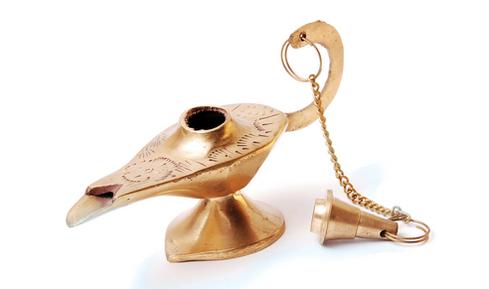03:23 PM
Generation OPM
As investors push for more efficient management of their wealth across portfolios, overlay management is gaining ground as the next frontier for separately managed accounts (SMAs). That's created new challenges for investment firms, and more outsourcing roles for system vendors.
Overlay portfolio management (OPM) takes the concept of multiple disciplined accounts - in which multiple money managers use the same brokerage account for trading - further by adding an overlay manager to the equation. It's the overlay manager's job to get individual portfolio models from each of the money managers, bring the models into a client's portfolio in the right percentages, create a single pre-trade compliance list and make all the buy and sell decisions. In theory, overlay portfolio management improves the personalization and tax efficiency of SMAs.
"Overlay management allows you to look across the different assets that the client has and manage those in a holistic way, at the same time respecting all the different customer requests, all the different customer customizations that are either embedded in the investment policy statements or embedded in the sponsor's own corporate policies," says Matt Schott, a senior analyst at TowerGroup. In a recent report, Schott predicts that spending on overlay management services and technology will soar from $6.3 million in 2003 to $237.4 million in 2007.
Overlay management tools are being used across the managed-money spectrum. The tools allow thousands of accounts to be monitored according to individual investment policies, rules and restrictions, and enable a manager to optimize transactions and rebalancing across many individual portfolios.
The popularity among investors of separately managed accounts can be traced to recent publicity about the tax inefficiencies of mutual funds. The market downturn in 2000 and 2001 left many investors with huge tax bills in capital gains distributions despite falling mutual fund share prices. Investors sought more control over their portfolios, and SMAs proved a better option.
Like mutual funds, SMAs offer security selection and portfolio management by a full-time, professional money manager. But they don't have the embedded tax consequences of mutual funds. Instead, SMAs provide for individual, direct ownership of security positions, as opposed to ownership of a share of a commingled portfolio. Direct ownership allows for customization within a portfolio and enables tax issues to be addressed at the investor level.
TowerGroup forecasts significant growth for separate accounts, culminating in $1.1 trillion in SMA assets in 2007. But traditional SMAs, which involve individual money managers managing portfolios in individual brokerage accounts for a single client, still leave room for improvement. Tax management, without active coordination across other products, by an individual manager who is oblivious to a client's overall tax picture can't deliver optimum tax efficiency. Wash sales, in which Money Manager A sells a stock and Money Manger B buys it back two weeks later, and difficulties in balancing holdings across portfolios are two problems that traditional SMAs fail to address.
As a result, the market has given way to multiple-disciplined accounts (MDAs) and unified managed accounts (UMAs). MDAs enable a client to keep assets that are managed by multiple money managers in the same brokerage account. UMAs, too, incorporate separate account managers, but can also combine different investment structures, such as mutual funds and ETFs, in one account. These integrated accounts paved the way for OPM, as they require an overlay manager to look across all the portfolios and make the day-to-day decisions for an individual client's account.
Schott predicts that MDAs and UMAs, in which money managers supply portfolio models to be implemented by an overlay management function, will be the managed money structure of the future. "If you look at it from a customer perspective, [OPM] makes a tremendous amount of sense," he says. "You're looking at the total portfolio of the client, managing across that total portfolio, managing the asset allocation, managing the risk inherent in the investing space. You have to do that across the client; you can't do it within each individual separate account."





















